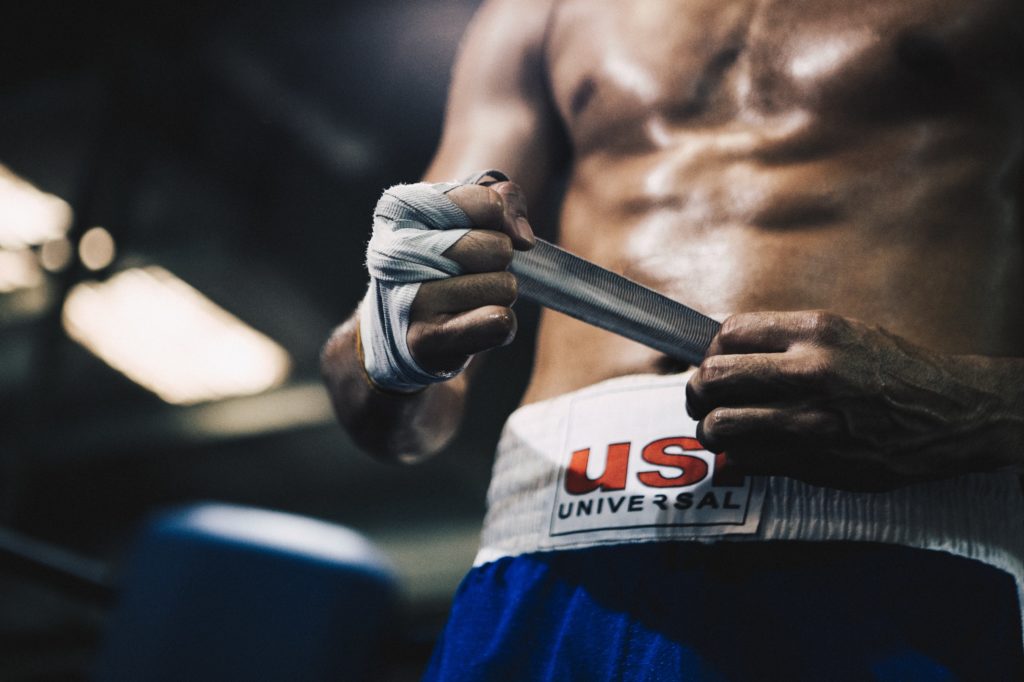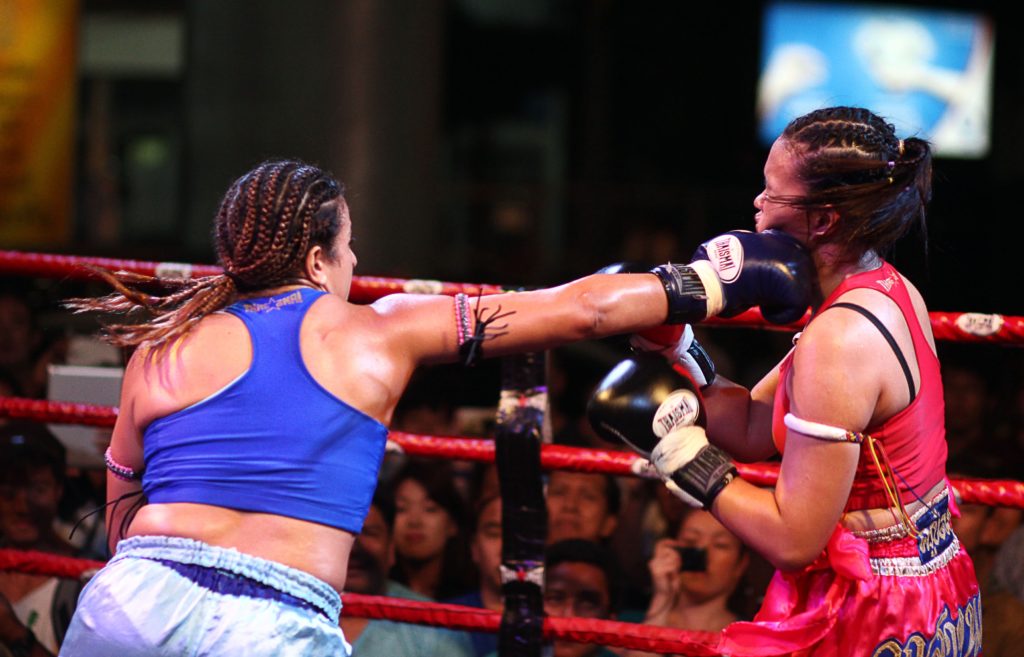As with any sport, there are rules and regulations in boxing that need to be followed, one of which is the weight class system. Boxing weight classes are important because they prevent mismatched fights, thereby ensuring fair competition. When it comes to punching power, pound per pound really does make a difference. So does age, but that’s another article.
In this article, we will be looking at weight classes in both professional and amateur boxing. We will also be looking at some of the differences between the two, and what factors you should consider when choosing a weight class. Plus, we’ll go over a few strategies for making weight.
Introduction to USA Boxing Weight Classes
USA Boxing is the national governing body for Olympic-style amateur boxing in the United States. They are responsible for sanctioning amateur boxing events and setting weight classes for amateur boxers.
The weight classes for USA Boxing are broken down into 10 categories:
Each weight class has a maximum and minimum weight limit and boxers must weigh in at the appropriate weight before each bout.
Amateur Boxing Weight Classes (USA)
The weight classes for amateur boxing are as follows:
MEN
Minimumweight 106 lbs.
Flyweight 112 lbs.
Bantamweight 119 lbs.
Featherweight 125 lbs.
Lightweight 132 lbs.
Light Welterweight 139 lbs.
Welterweight 147 lbs.
Light Middleweight 156 lbs.
Middleweight 165 lbs.
Light Heavyweight 176 lbs.
Cruiserweight 189 lbs.
Heavyweight 203 lbs.
Super Heavyweight 203+ lbs.
WOMEN
Minimumweight 106 lbs.
Light Flyweight 110 lbs.
Flyweight 114 lbs.
Bantamweight 119 lbs.
Featherweight 125 lbs.
Lightweight 132 lbs.
Light Welterweight 139 lbs.
Welterweight 146 lbs.
Light Middleweight 154 lbs.
Middleweight 165 lbs.
Light Heavyweight 178 lbs.
Heavyweight 178+ lbs.
There are no super lightweight, super middleweight or super welterweight classes in amateur boxing.
It should be noted that amateur boxing also has a Master’s division for fighters over the age of 35, which is sanctioned by USA boxing and has its own weight classes and rules. Check out their site to learn more.

Pro Boxing Weight Classes (USA)
Professional boxing has different weight classes than amateur boxing, although some are the same. The standard weight classes for professional boxing are as follows:
Strawweight (105lbs)
Light flyweight (105-108lbs)
Flyweight (108-112lbs)
Super flyweight (112-115lbs)
Bantamweight (115-118lbs)
Super bantamweight (118-122lbs)
Featherweight (122-126lbs)
Super featherweight (126-130lbs)
Lightweight (130-135lbs)
Light welterweight (135-140lbs)
Welterweight (140-147lbs)
Light middleweight (147-154lbs)
Middleweight (154-160lbs)
Super middleweight (160-168lbs)
Light heavyweight (168-175lbs)
Cruiserweight (175-200lbs)
Bridgerweight (200-224lbs)
Heavyweight (200lbs or more)
Professional boxing also allows for a “catchweight” agreement from time to time, which is when two fighters agree to fight just outside of their traditional weight category. This may happen for a number of reasons, but usually, it is because one or both boxers in a potential matchup may want to be on a fight card but aren’t willing to move up or down a full-weight class. In this case, a catchweight is a good compromise.

For women’s boxing, there is still no settled established agreement on weight classes among all the various boxing associations – yet. For now, the following are generally agreed upon in 2023. We will update this information as needed.
- flyweight, not more than 106 pounds
- bantamweight, 112 pounds
- featherweight, 119 pounds
- lightweight, 126 pounds
- light welterweight, 132 pounds
- welterweight, 141 pounds
- middleweight, 152 pounds
- light heavyweight, 165 pounds
- heavyweight, 179 pounds
- super heavyweight, any weight over 179 pounds
Differences between Pro and Amateur Boxing Weight Classes
The main difference between pro and amateur boxing weight classes is the number of classes and the weight limits for each class. As mentioned above, pro boxing has more weight classes and different weight limits than amateur boxing.
One of the main reasons for this is that professional boxers are more experienced and are allowed to compete at higher weights, while amateur boxers are generally younger and need to compete at lower weights. (the exception to this is the Master’s division, as mentioned above. We will go over that in a separate article).
Another difference is that amateur boxing has stricter weight limits than pro boxing. This is because amateur boxing is generally seen as a safer sport than professional boxing (this is debatable in our opinion) and the weight limits are set to ensure the safety of the boxers.
Factors to Consider when Choosing a Weight Class
When you’re just getting into competition and choosing a weight class, you should take into account your size and weight, yes, but also your age and experience level. Your trainer will guide you, but most fighters like to start out at the lowest weight possible, although this isn’t a hard rule. In fact, you may drop down a weight class or two, or go up one or two over the course of your fighting career. Many pro boxers compete in multiple weight classes.
Strategies for Cutting Weight and Making Weight
Making weight is an important part of boxing and it is important to have a plan in place to ensure that you make the required weight for your chosen weight class.
The most important thing to remember is to start your weight cut well in advance of the weigh-in. You should also make sure that you are eating a balanced diet with protein, carbohydrates, and essential fats in small amounts while avoiding sugar and alcohol. It is also important to stay hydrated and get enough sleep.
As your fight day approaches there are techniques beyond diet and exercise that will help shed the final few pounds, like using a sauna or steam room.
Weigh-ins take place the day before the scheduled fight.
Examples of Famous Boxers in Each Weight Class
Here are some examples of some of the most famous boxers in each weight class:
Bantamweight: Muhammad Ali, Mike Tyson
Featherweight: Manny Pacquiao, Sugar Ray Robinson
Lightweight: Floyd Mayweather Jr., Roberto Duran
Welterweight: Sugar Ray Leonard, Oscar De La Hoya
Middleweight: Thomas Hearns, George Foreman
Light Heavyweight: Rocky Marciano, Joe Louis
Cruiserweight: Evander Holyfield, Larry Holmes
Super Lightweight: Julio Cesar Chavez, Roy Jones Jr.
Super Middleweight: Bernard Hopkins, Marvin Hagler
Super Welterweight: Shane Mosley, Miguel Cotto
Heavyweight: Joe Frazier, Larry Holmes